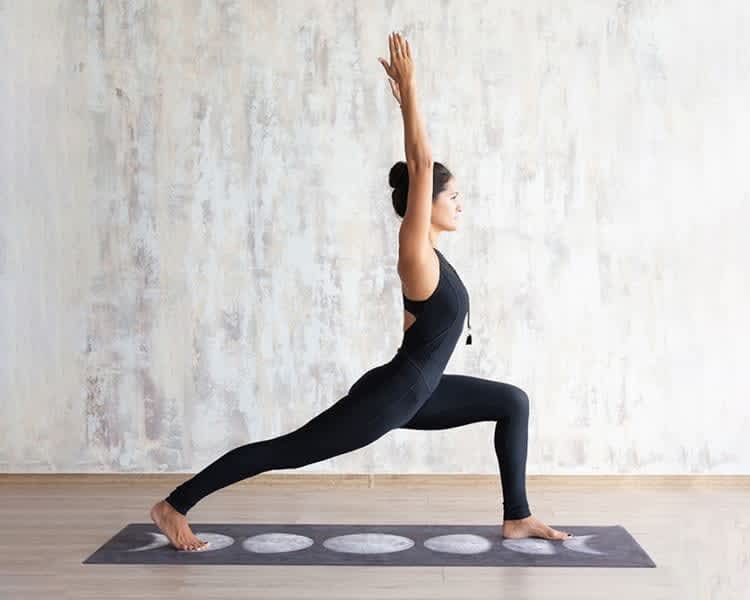It’s a lively, crescent-shaped pose that can strengthen your hips and thighs correctly. And unlike the more common downward-facing dog, a recent study suggests this pose may be better for people with mild to moderate chronic low back pain. So if you’re looking for relief from your lower back woes, try practicing yoga in this recommended posture variation by resting on your forearms or hands and keeping your legs straight.
Yoga enthusiasts have always enjoyed its benefits: increased strength and flexibility; mental clarity; reduced stress levels; improved moods—to name a few. But the practice has only recently become mainstream, primarily due to the popularity of yoga DVDs or yoga classes. After all, it’s hard to be considered a yoga fan if you’ve never tried it.
But how do you find a suitable class or DVD that matches your skill level? If you have no experience with yoga and are desperately trying to get fit for the summer, for example, is it wiser to sign up for an advanced class or take turns in a beginner’s group? The answer is—it depends.
A typical yoga class consists of several poses known as asanas. Each pose can vary in difficulty and length (which range from 10 seconds to over five minutes). Generally, the more complex or lengthy poses that involve deeper stretching or complicated movements should be performed earlier in the session—for example, standing poses before seated poses.
Generally, it’s best to observe the teacher when demonstrating a particular pose (vinyasa). If the studio is too crowded to see what’s happening in front of you, you can try to watch someone else—but be sure it’s not someone with an advanced skill level because you could cause injury by copying their movements. For example, if your class is primarily for beginners and one person makes a mistake through ignorance rather than poor form, you may not realize that you’re also doing something wrong.
Another tip is to keep an eye on your breathing. If you feel gasping for air, you’re doing something wrong. You don’t want to hold your breath; instead, try to breathe deeply as you hold a pose and slowly exhale as you transition into the next position. The breathing technique is an essential part of yoga because it slows down the mind and body and helps prevent injury.
Make sure class members are given enough time to get into the poses properly; check for any modifications that can be made for beginners without sacrificing proper alignment or form (so all participants can get the maximum benefit from each movement). Also, be sure that the demonstrations are easy to understand. Look out for poor alignment with other students, as well. If you see someone who’s too stiff or if their foot is positioned incorrectly, your teacher will probably take some time to correct the problem.
But even if a yoga class looks excellent from the outside, there will always be two aspects of the practice that might not be perfect: the poses themselves and how the teacher teaches them.
Following the method described by Sun Salutation s restorative Gratitude Meditation (for beginners), yoga videos are sometimes shortened or edited to fit within a specific time frame. One popular series has one person demonstrate all 47 poses in 10 minutes—not exactly a gentle way to learn about proper form.


